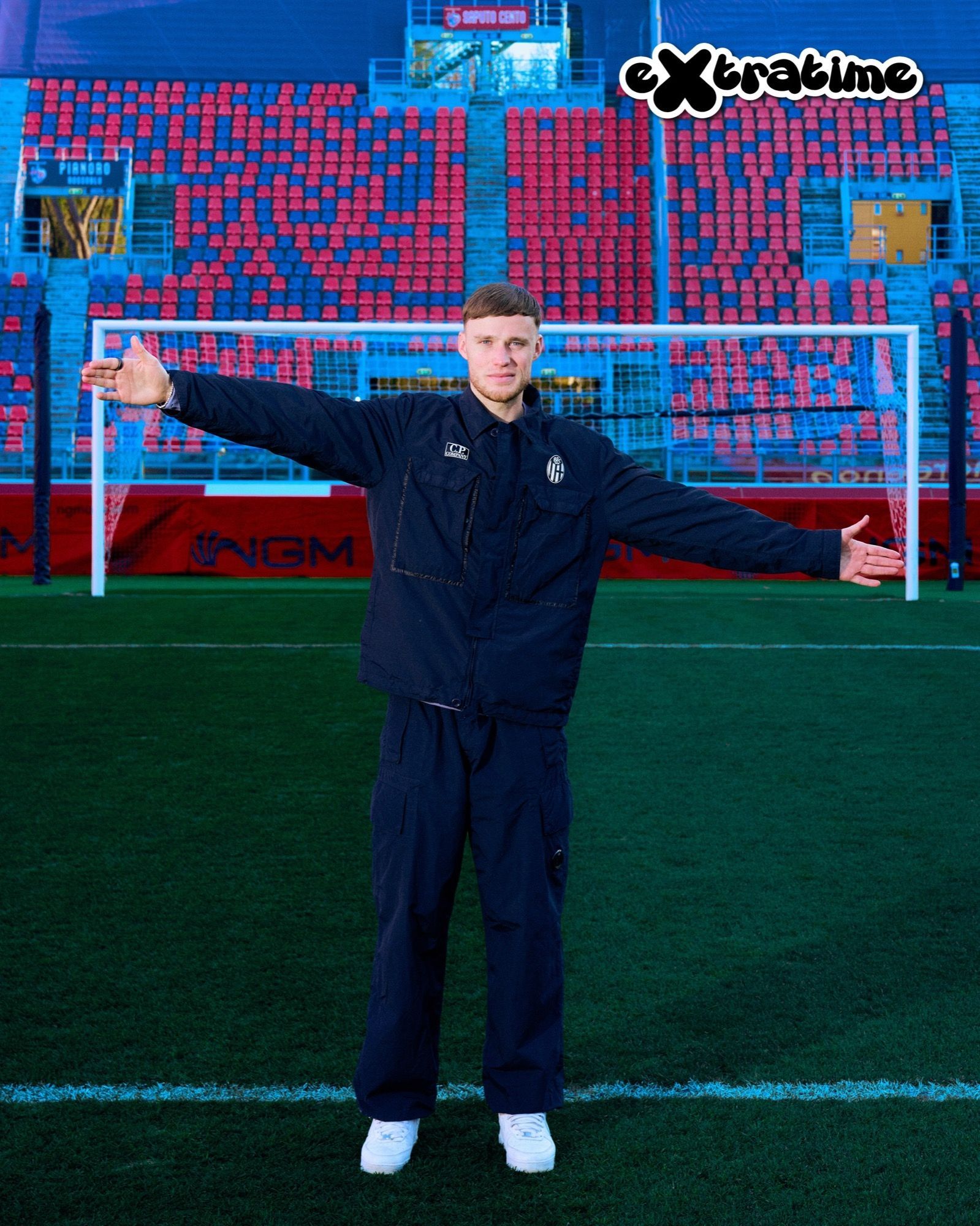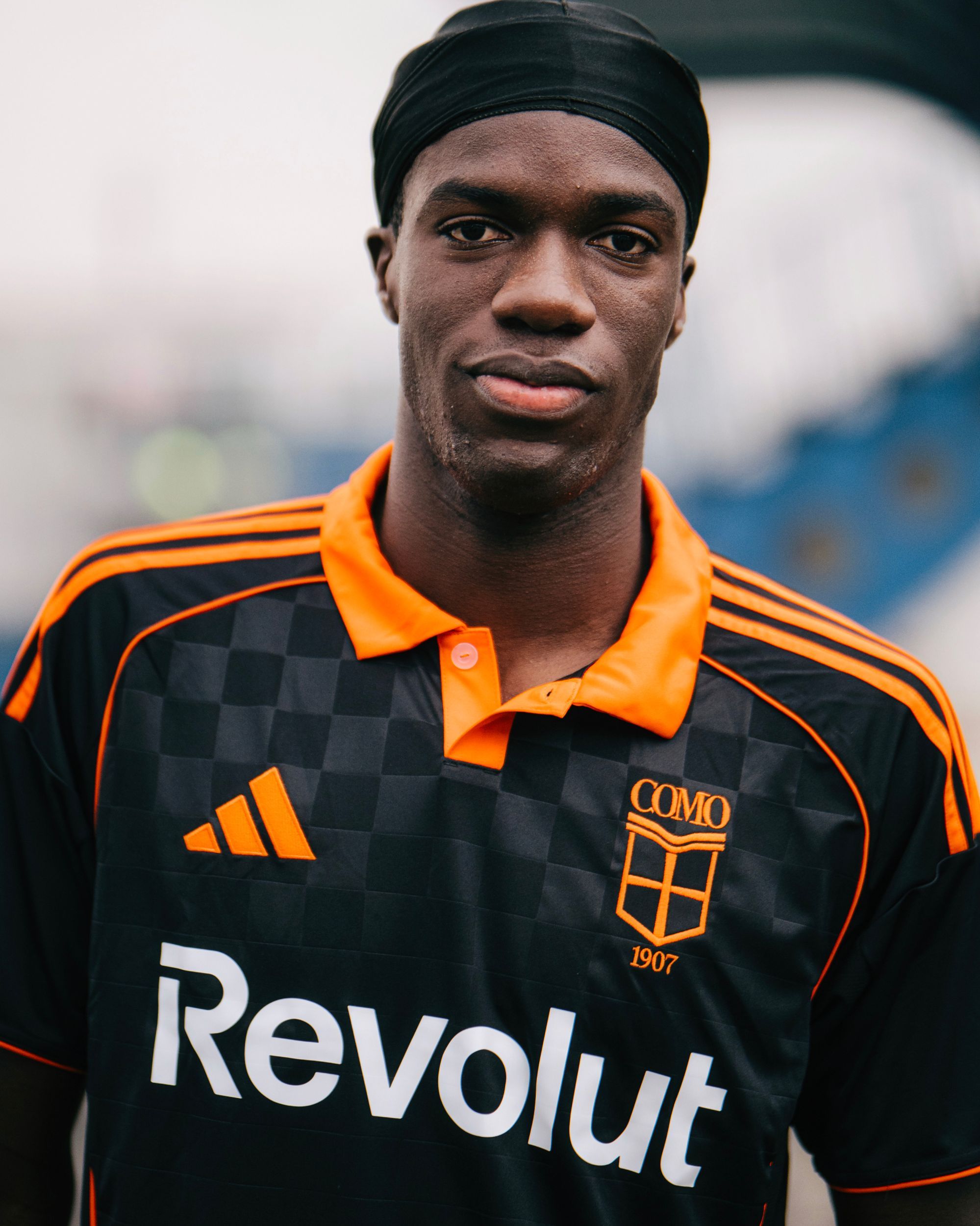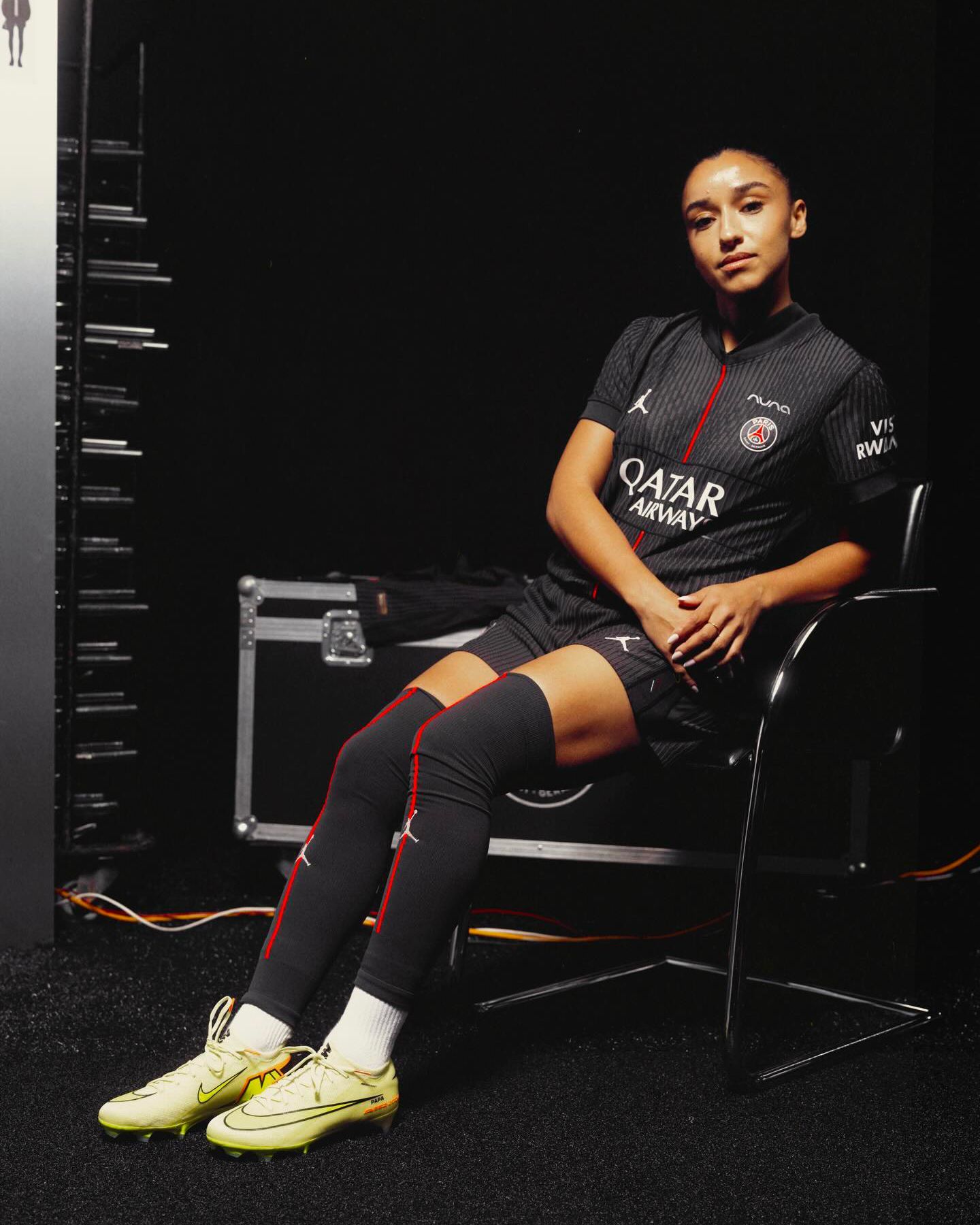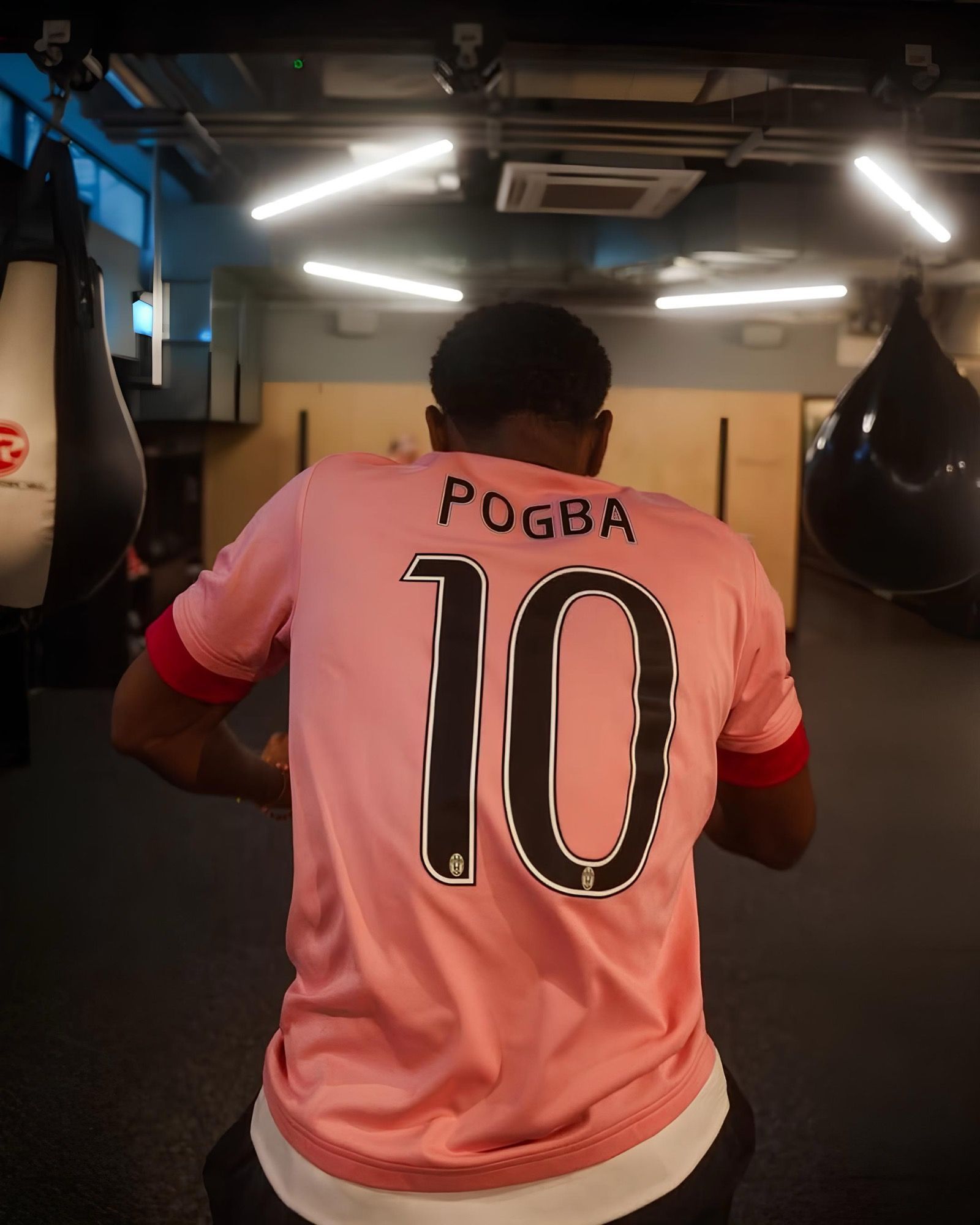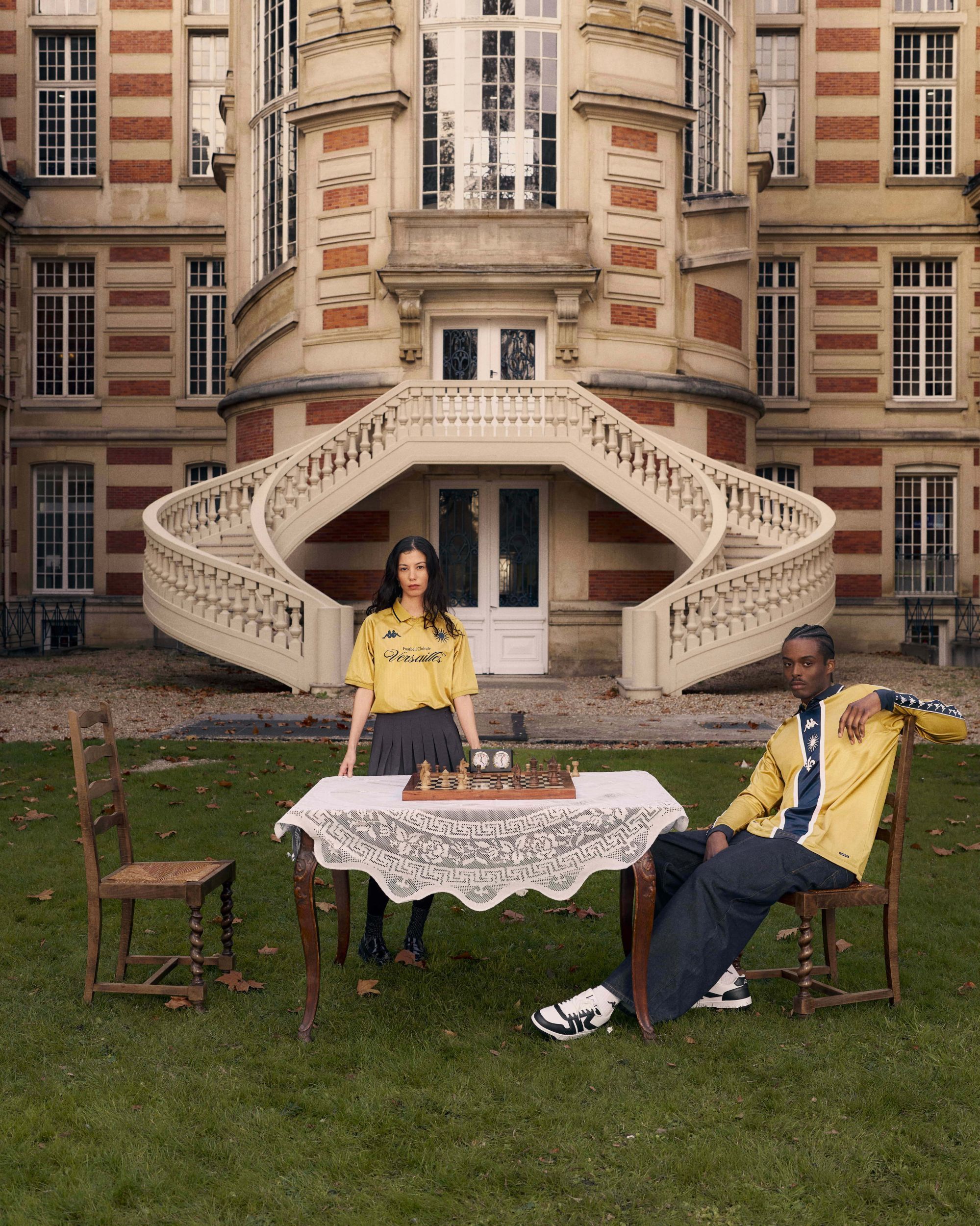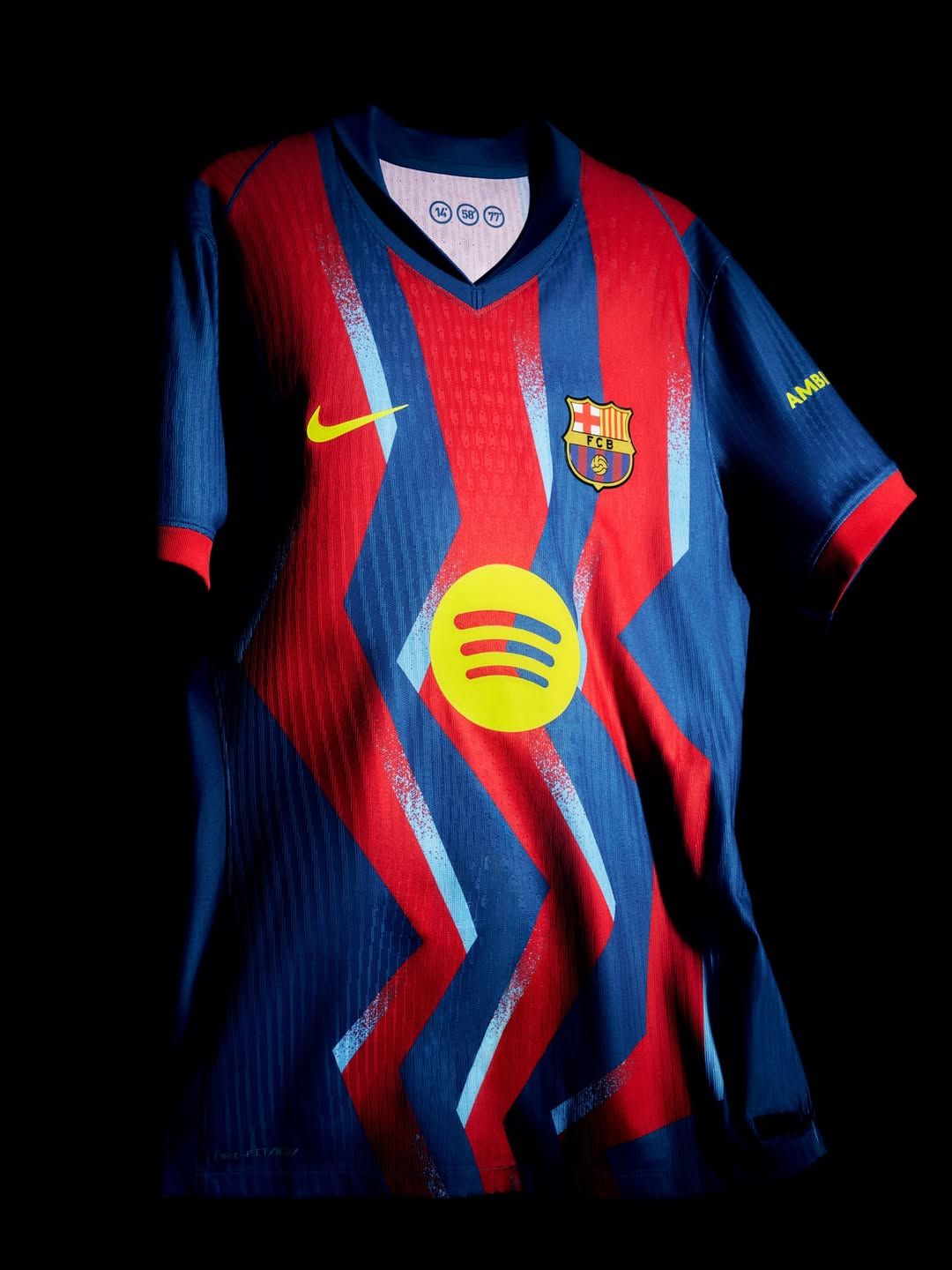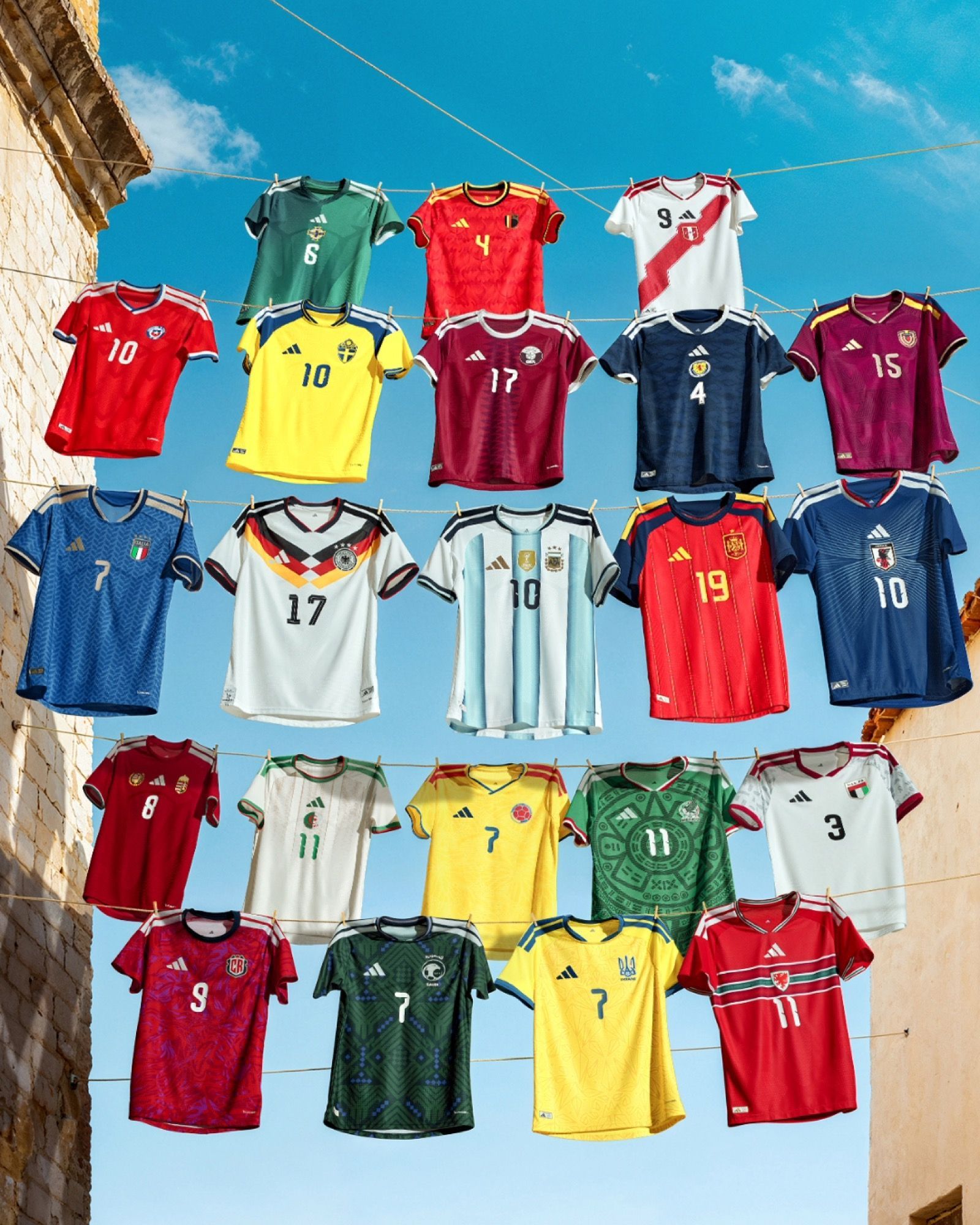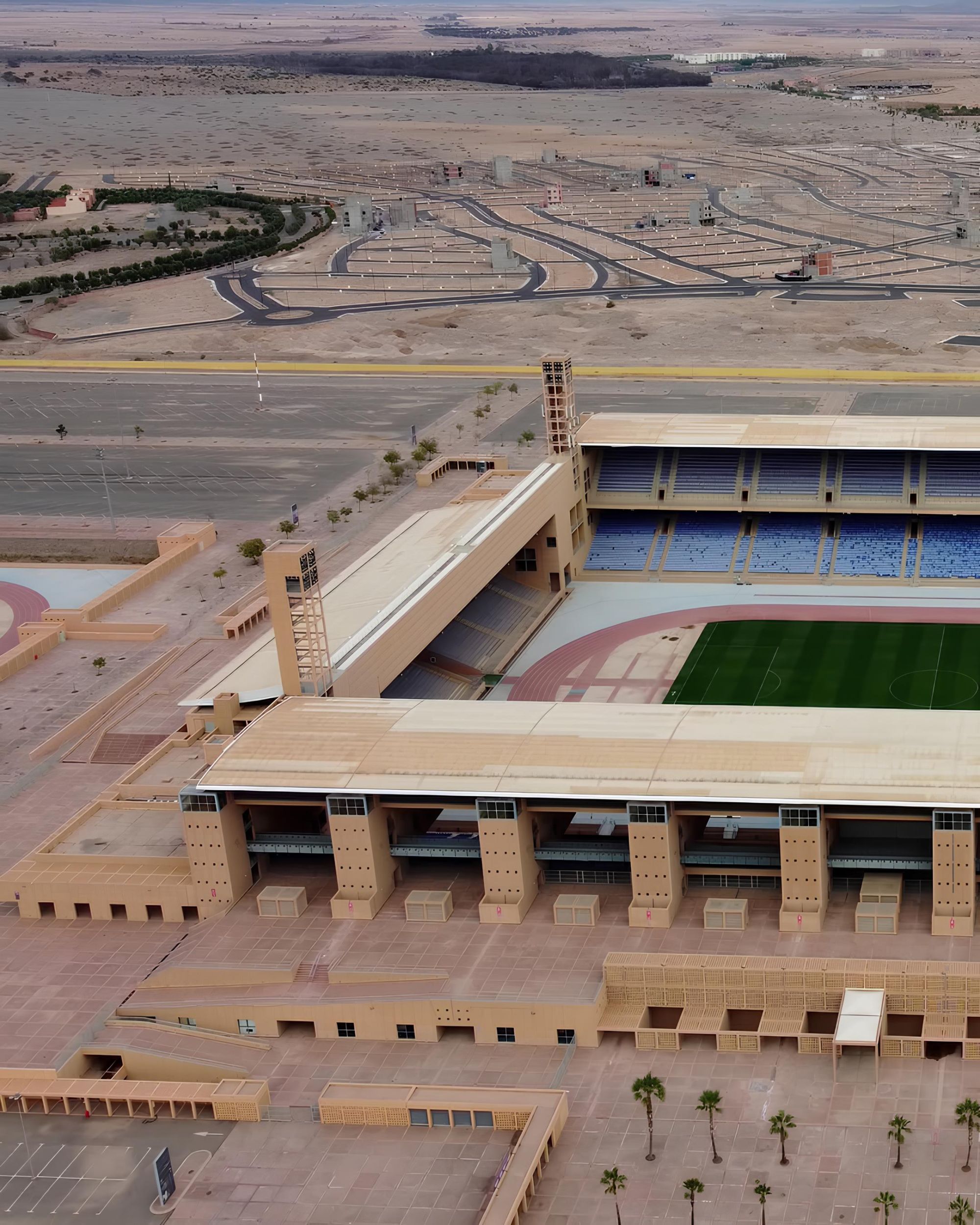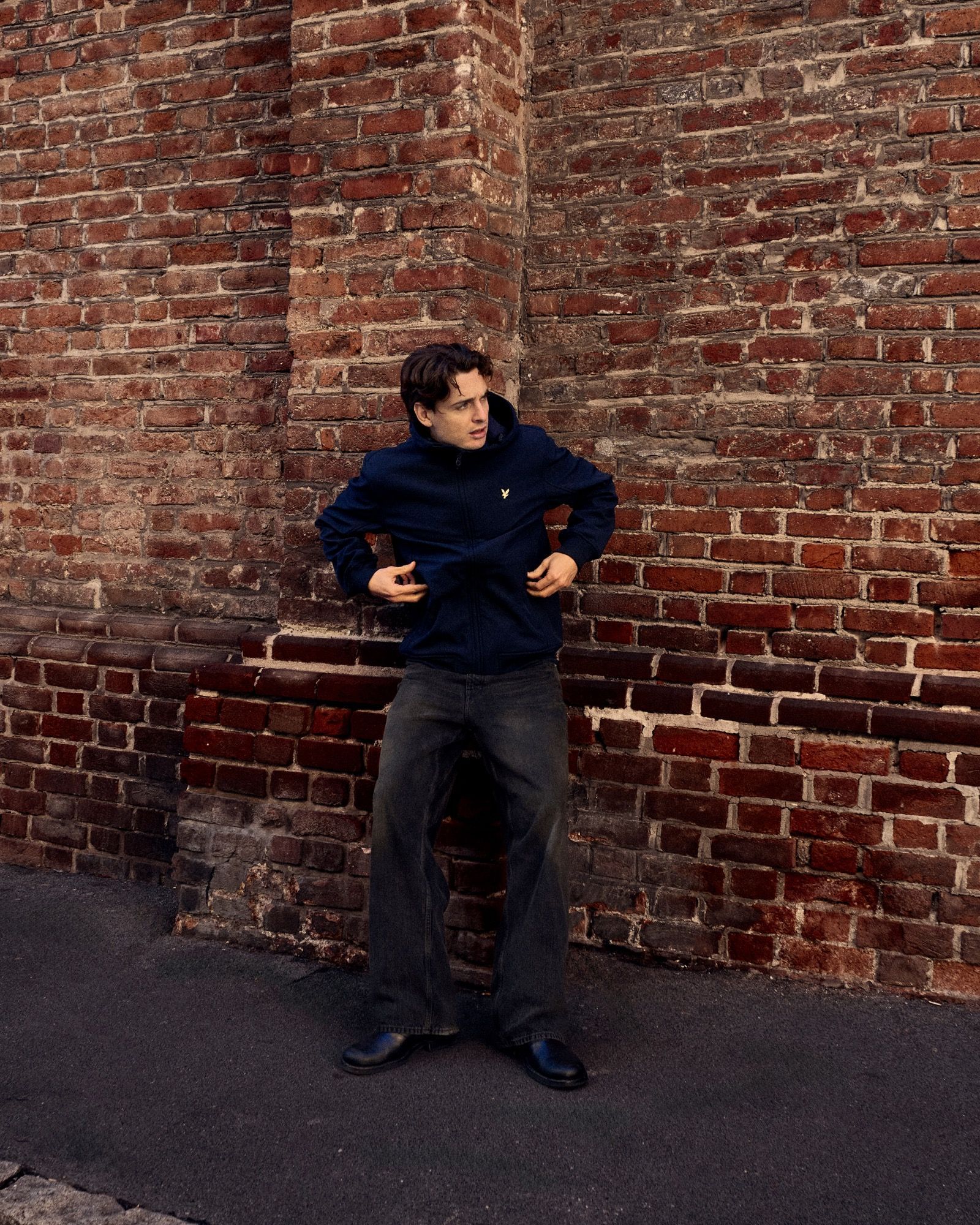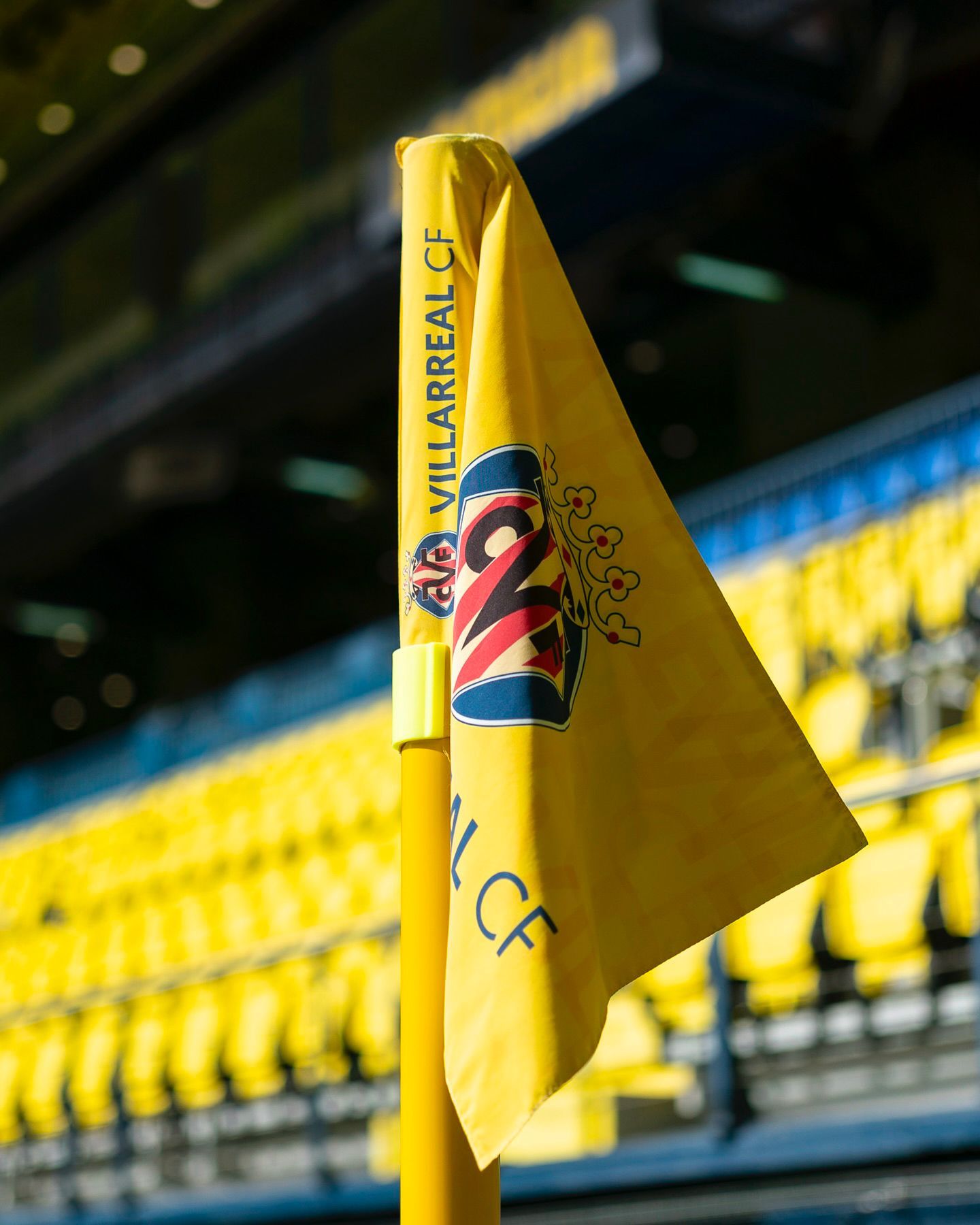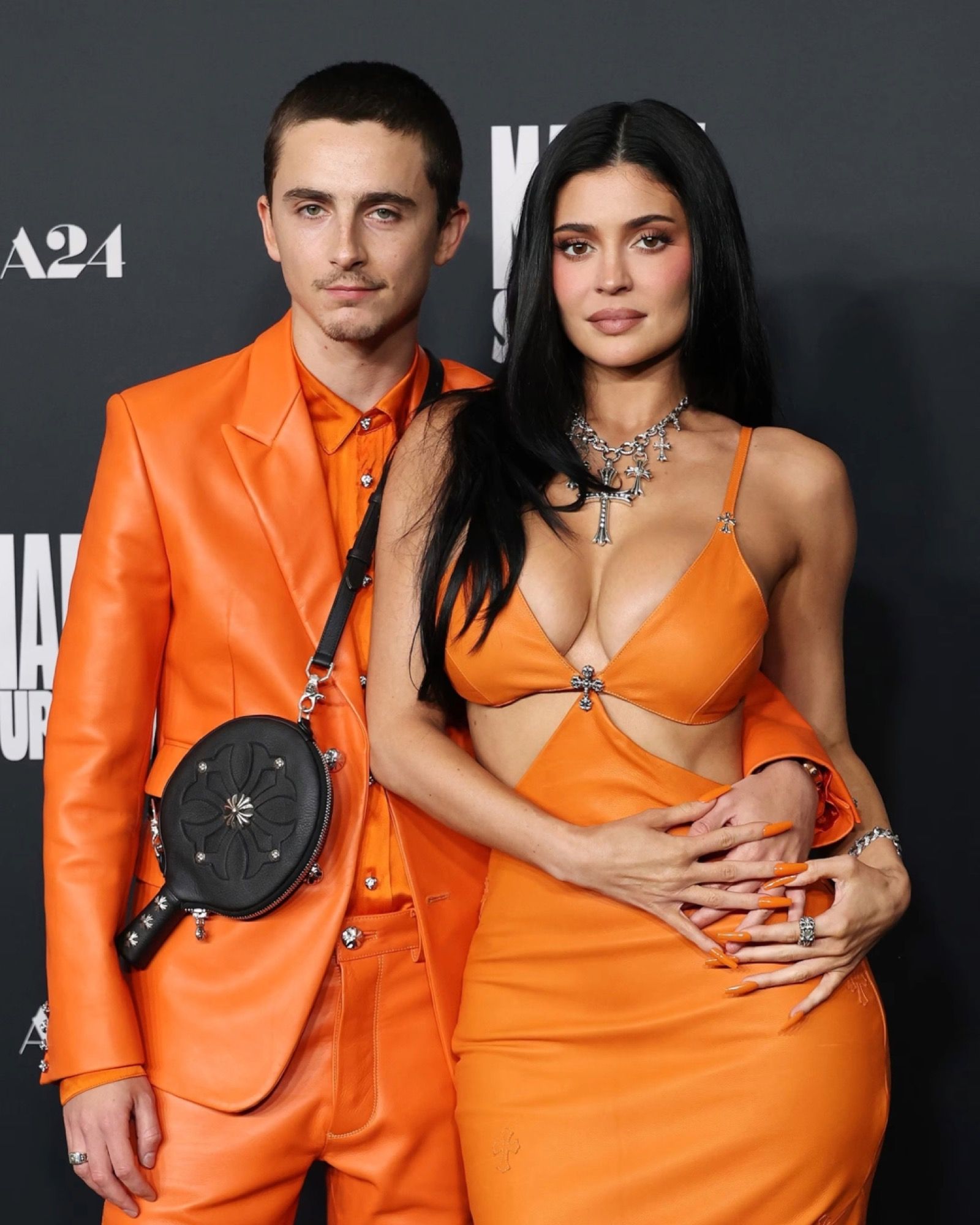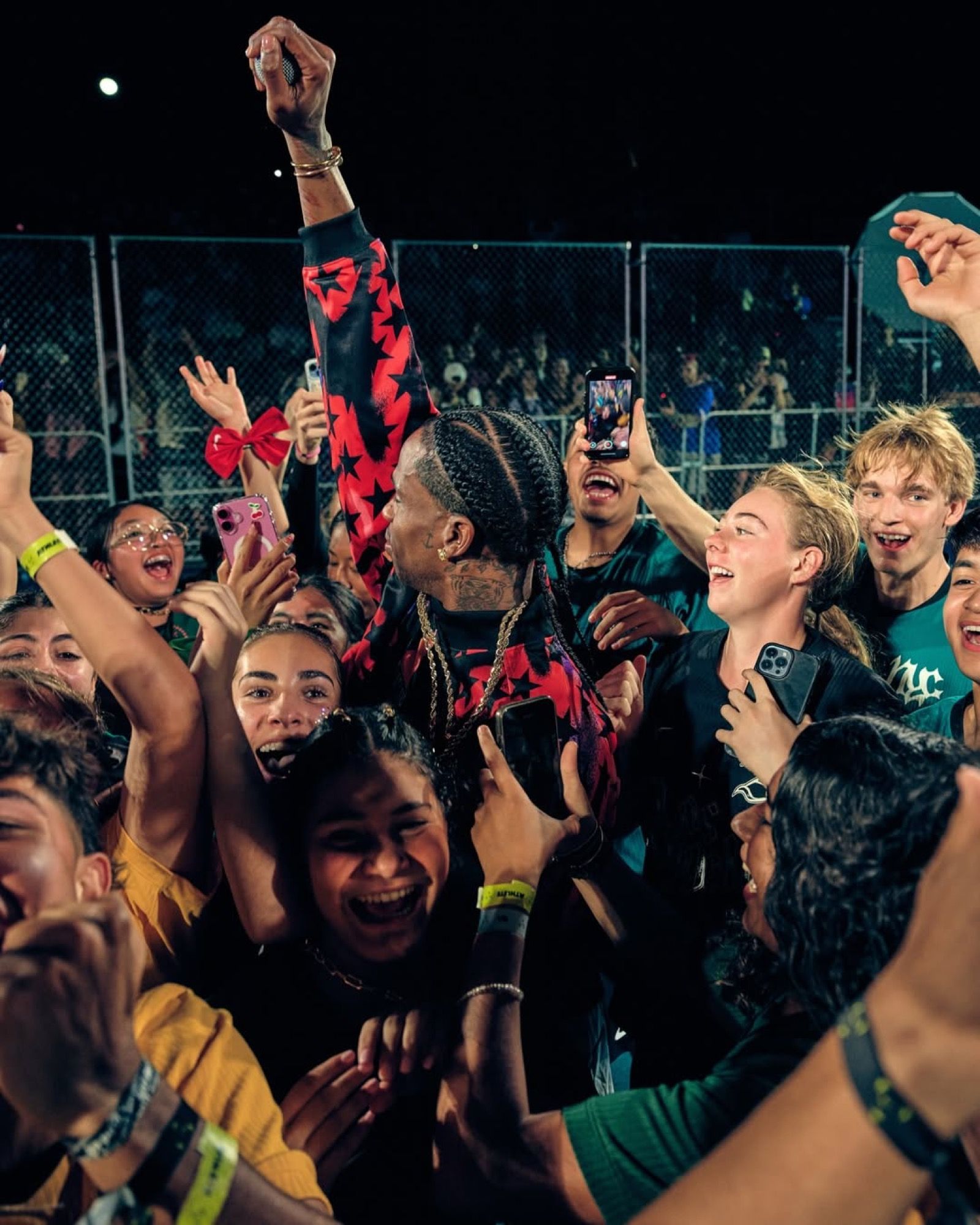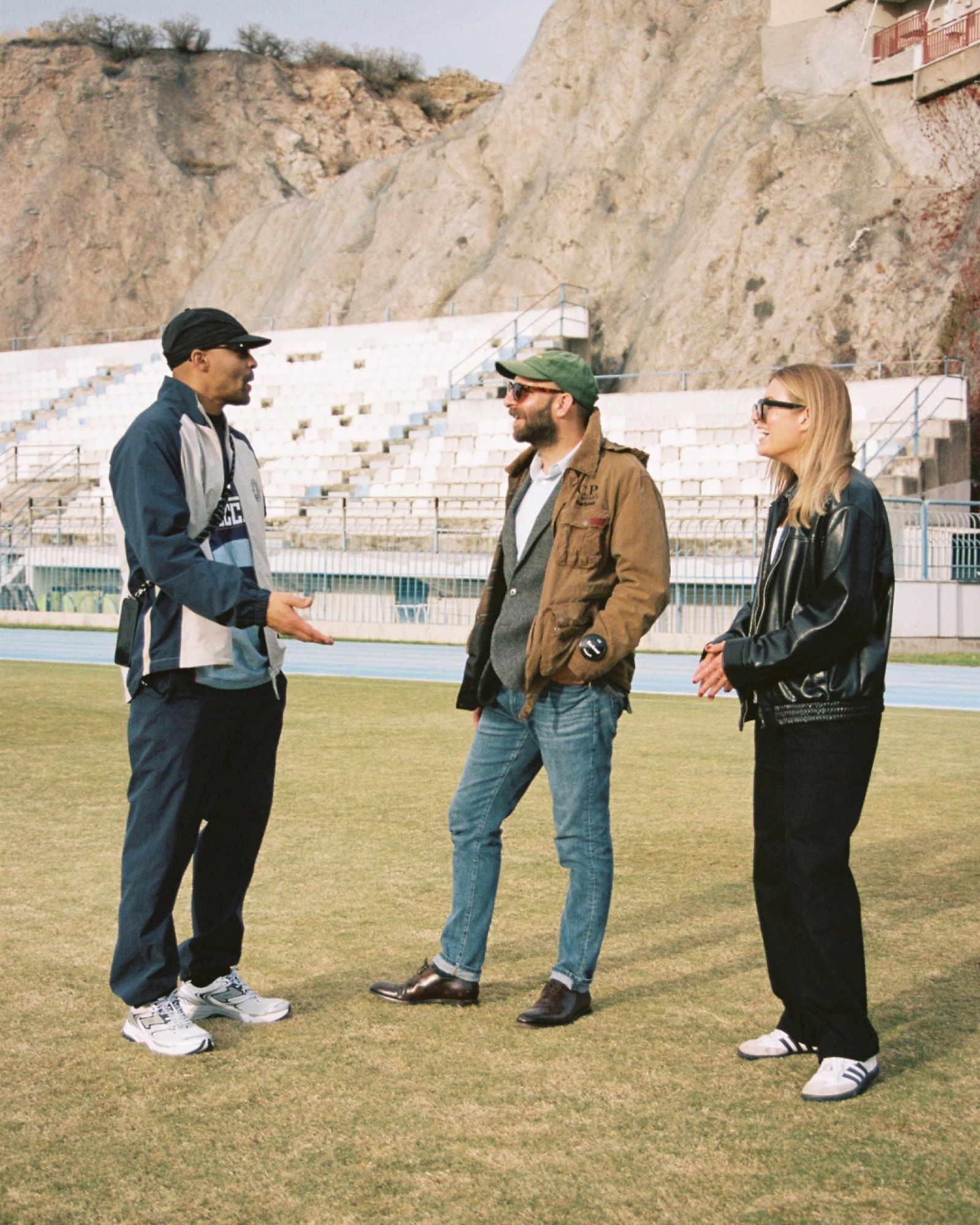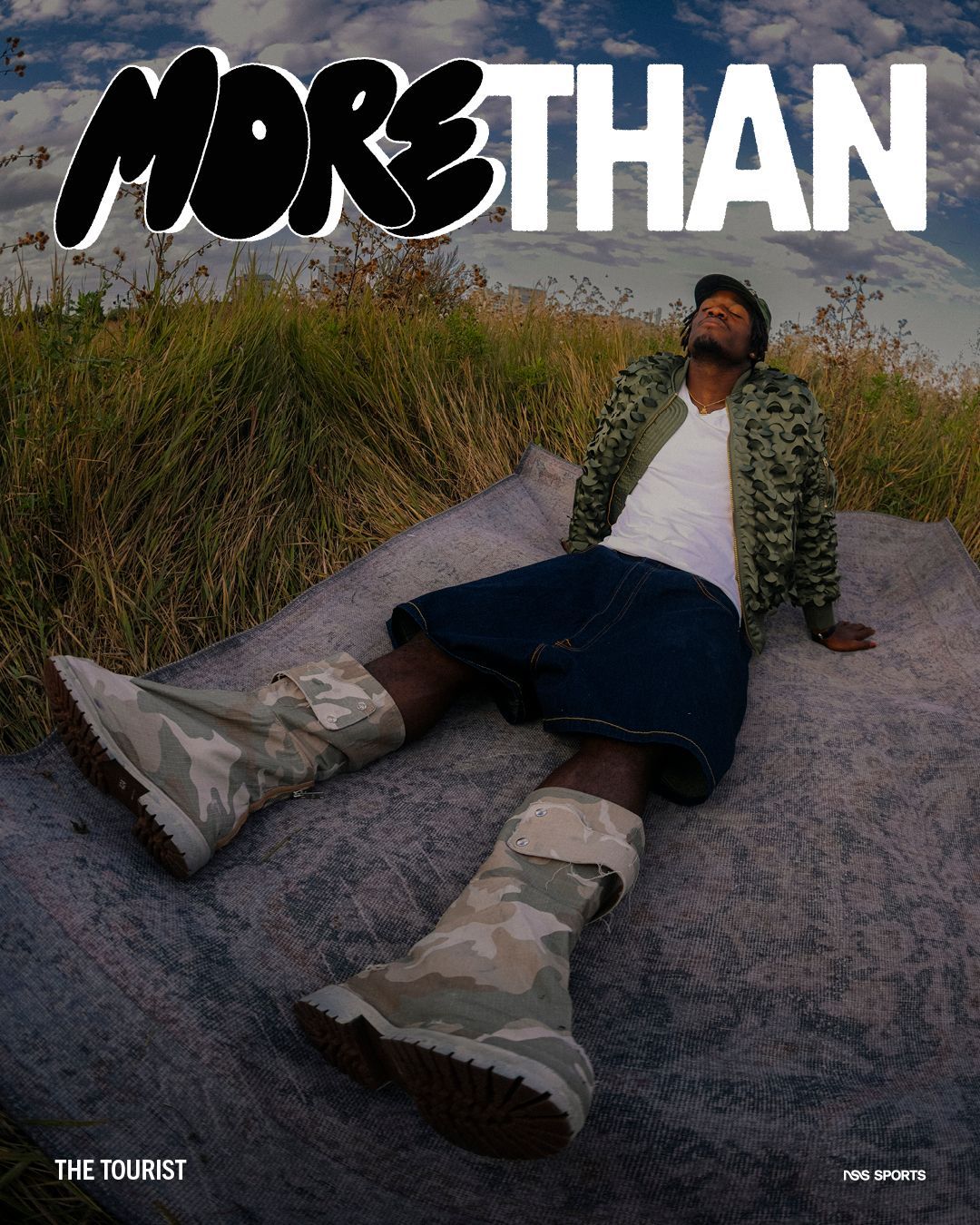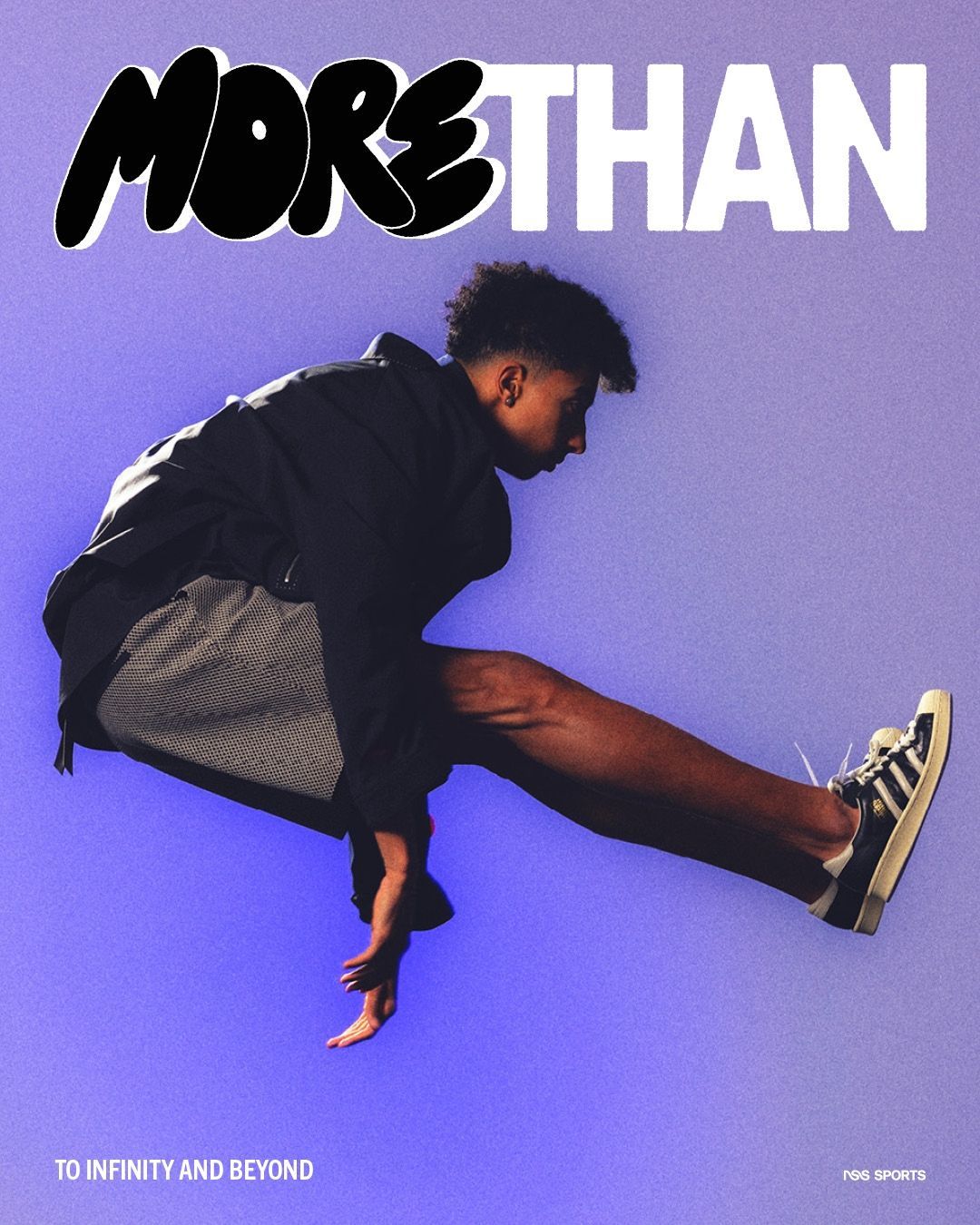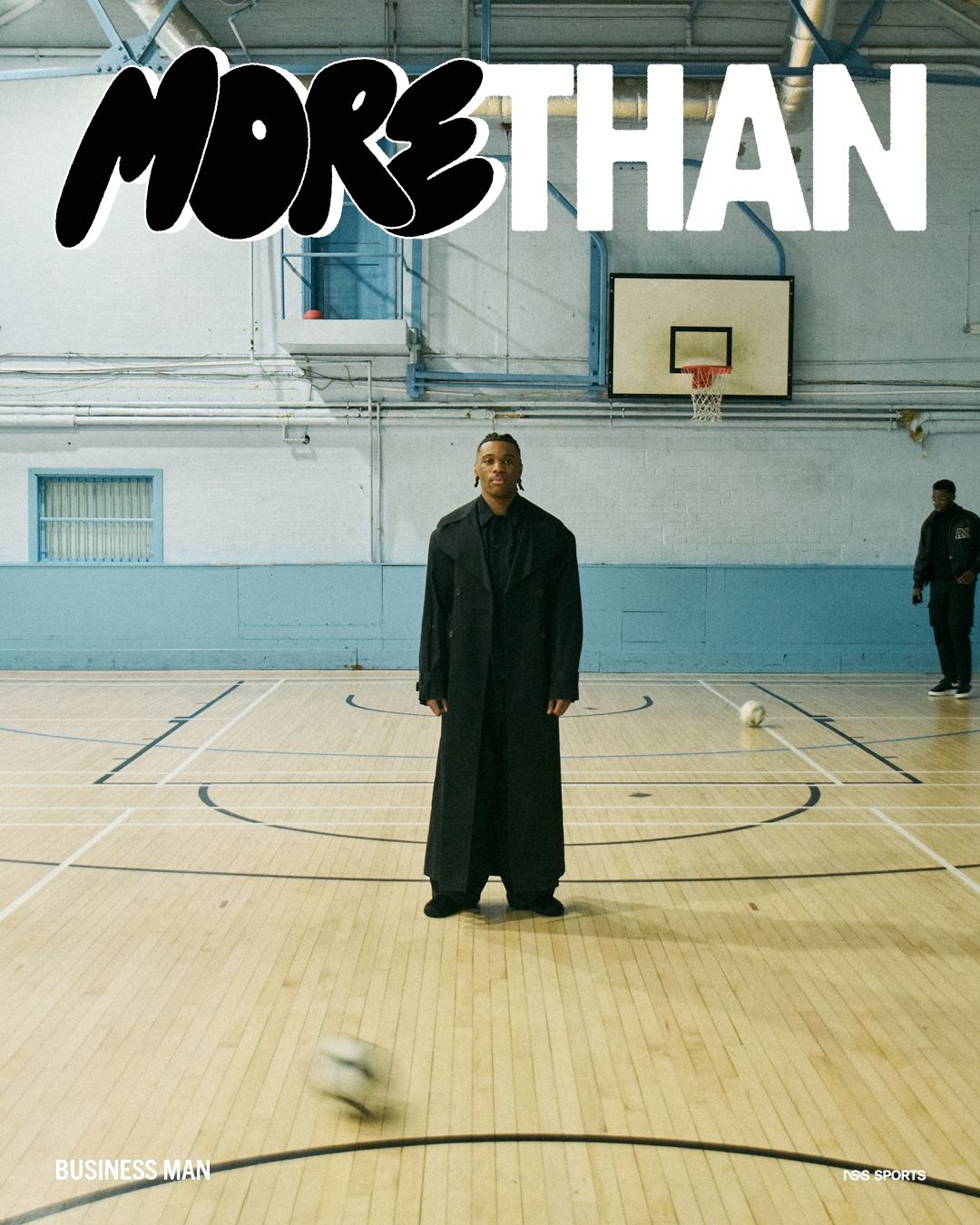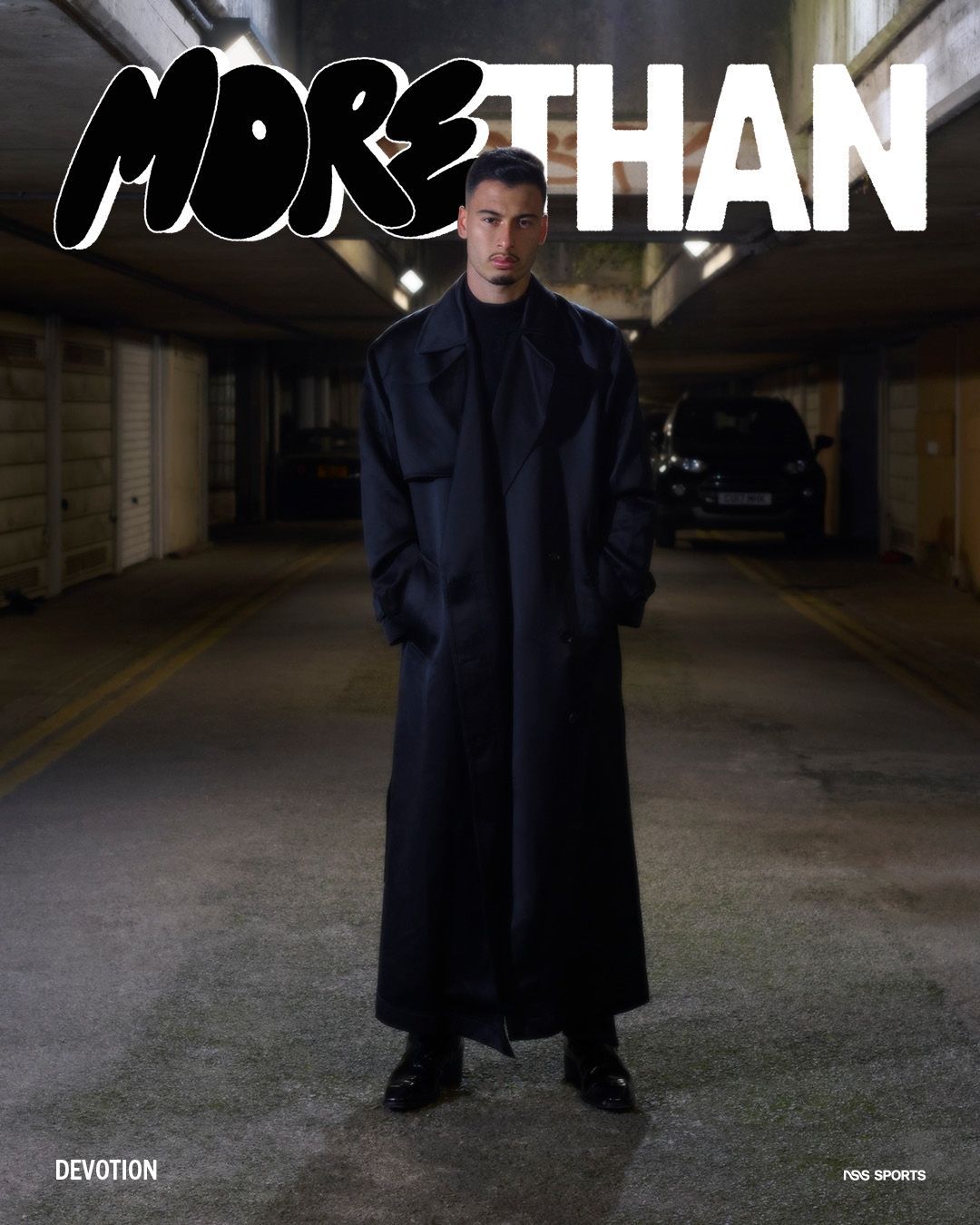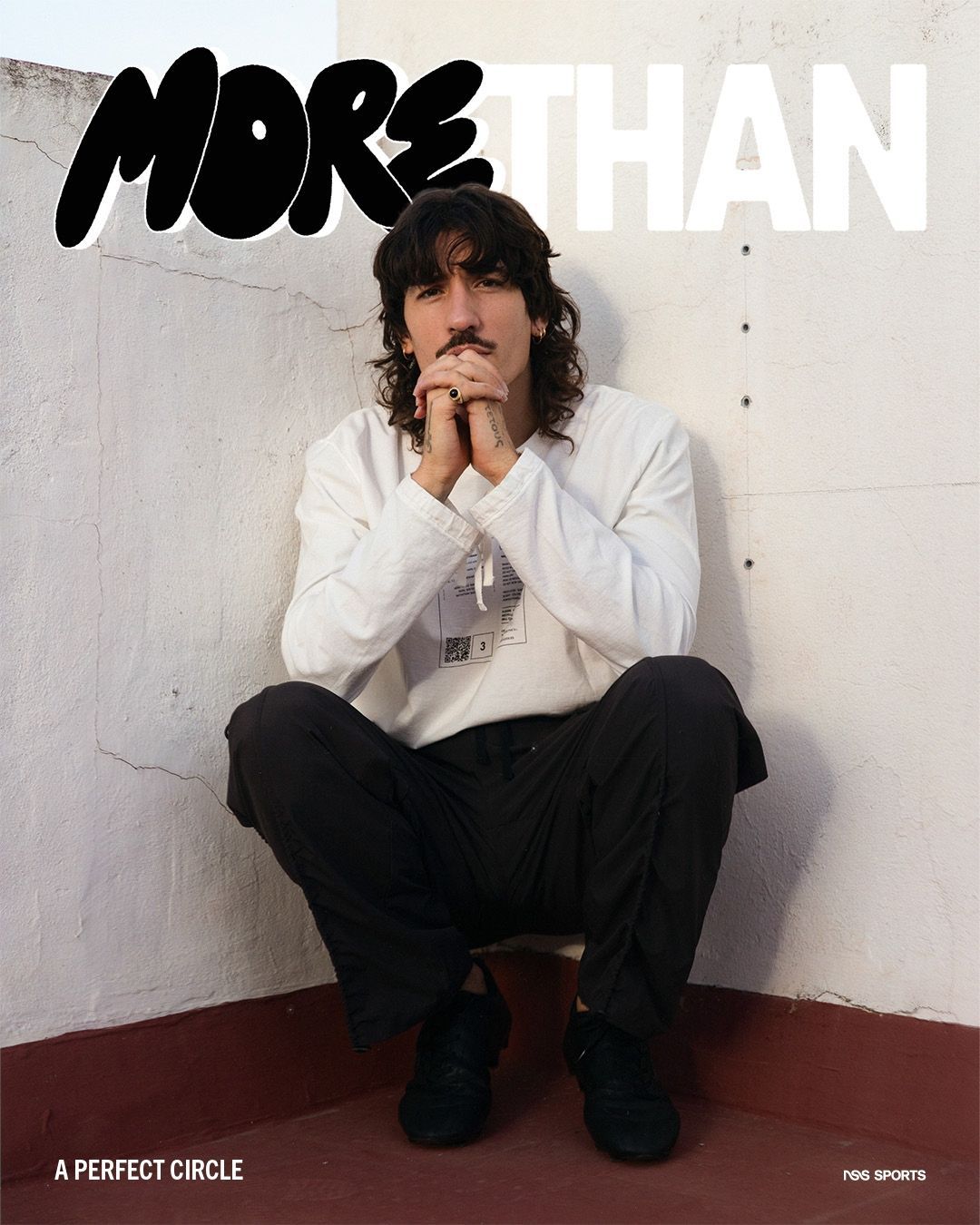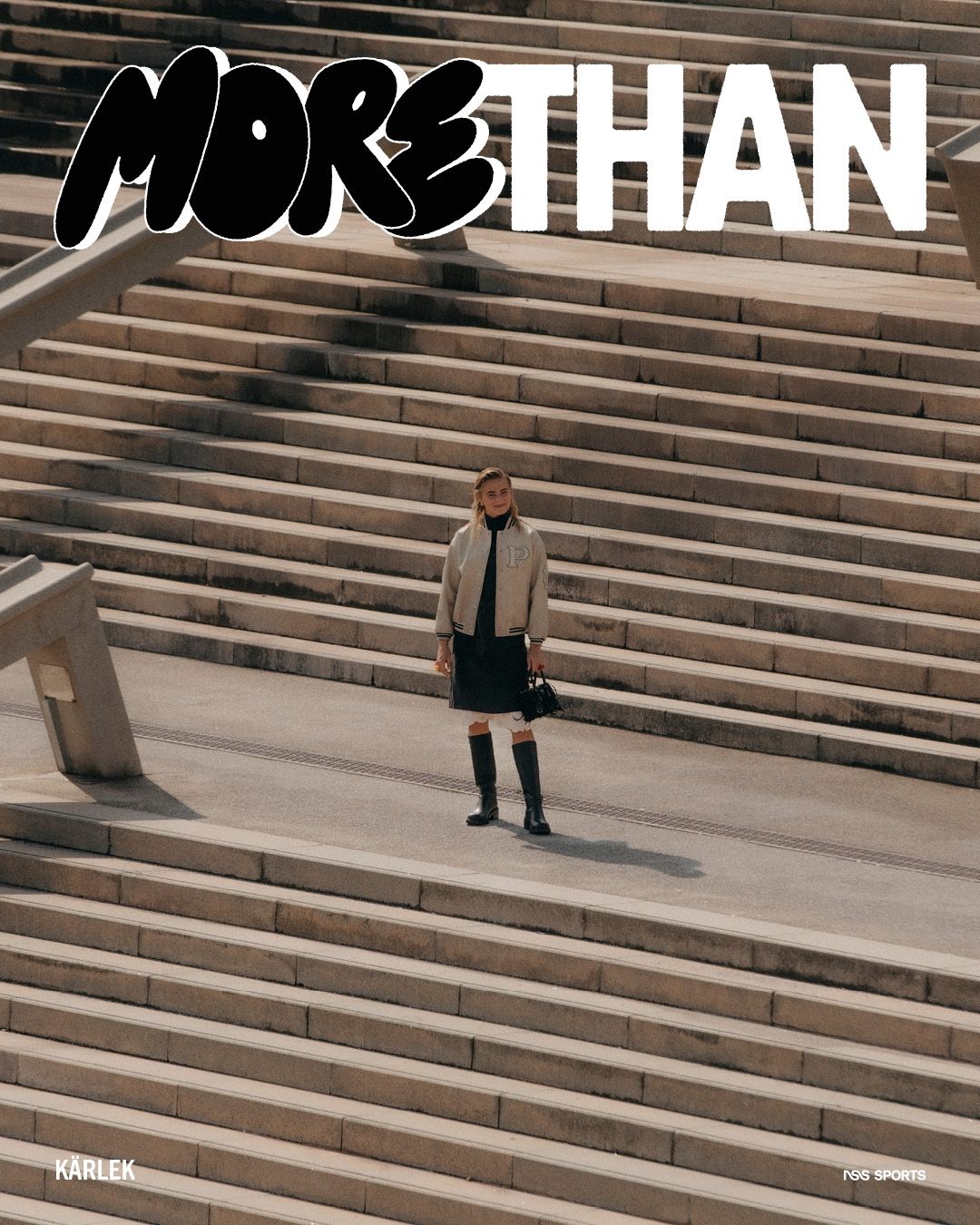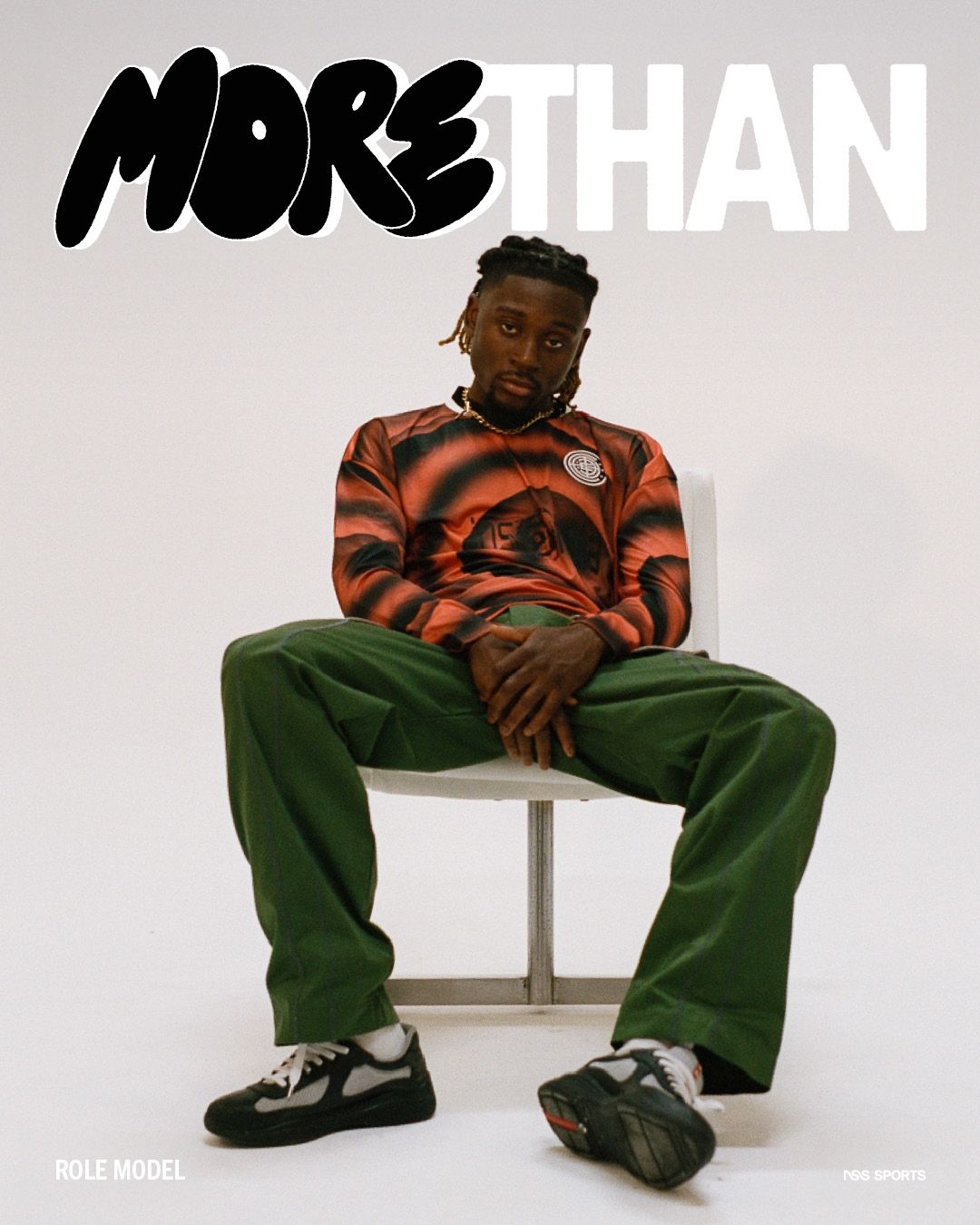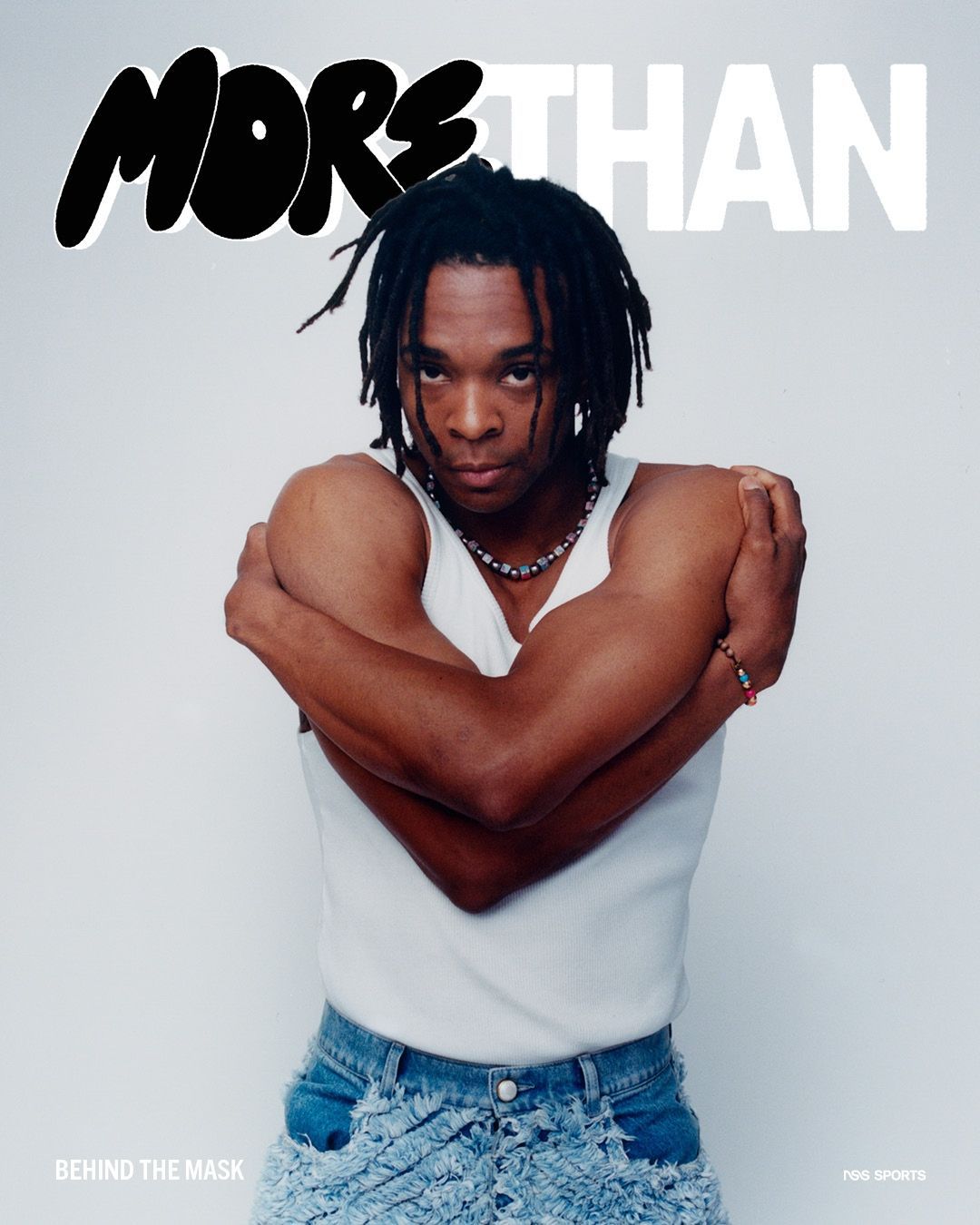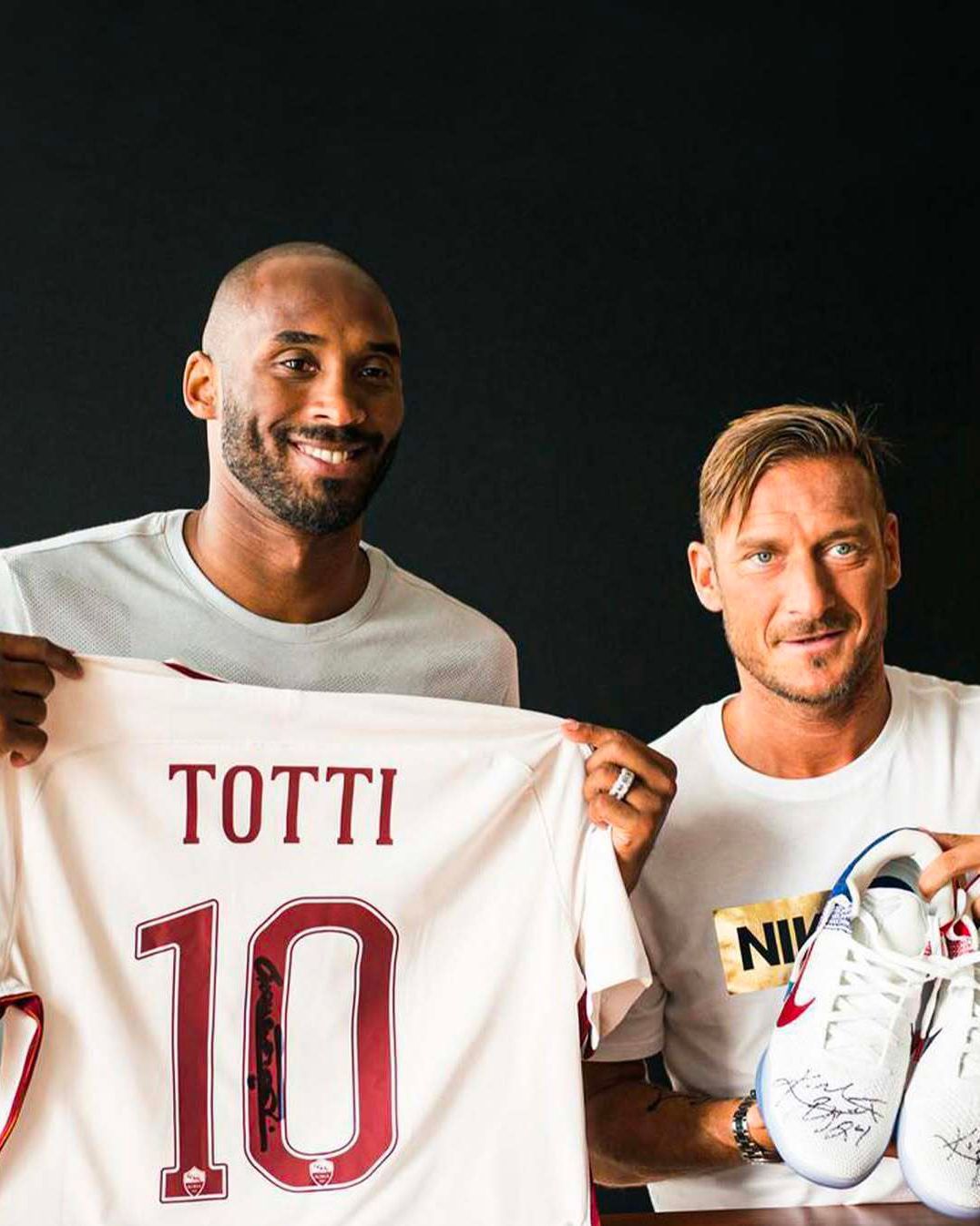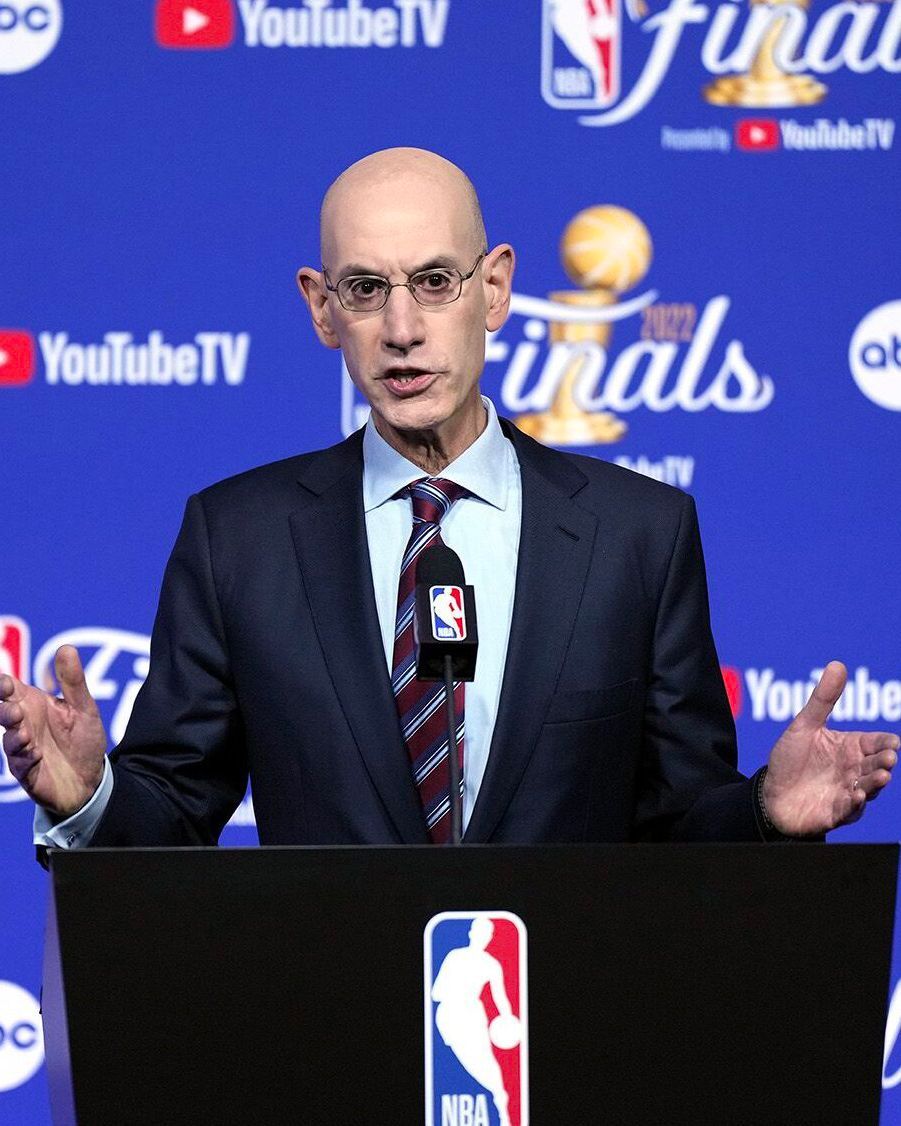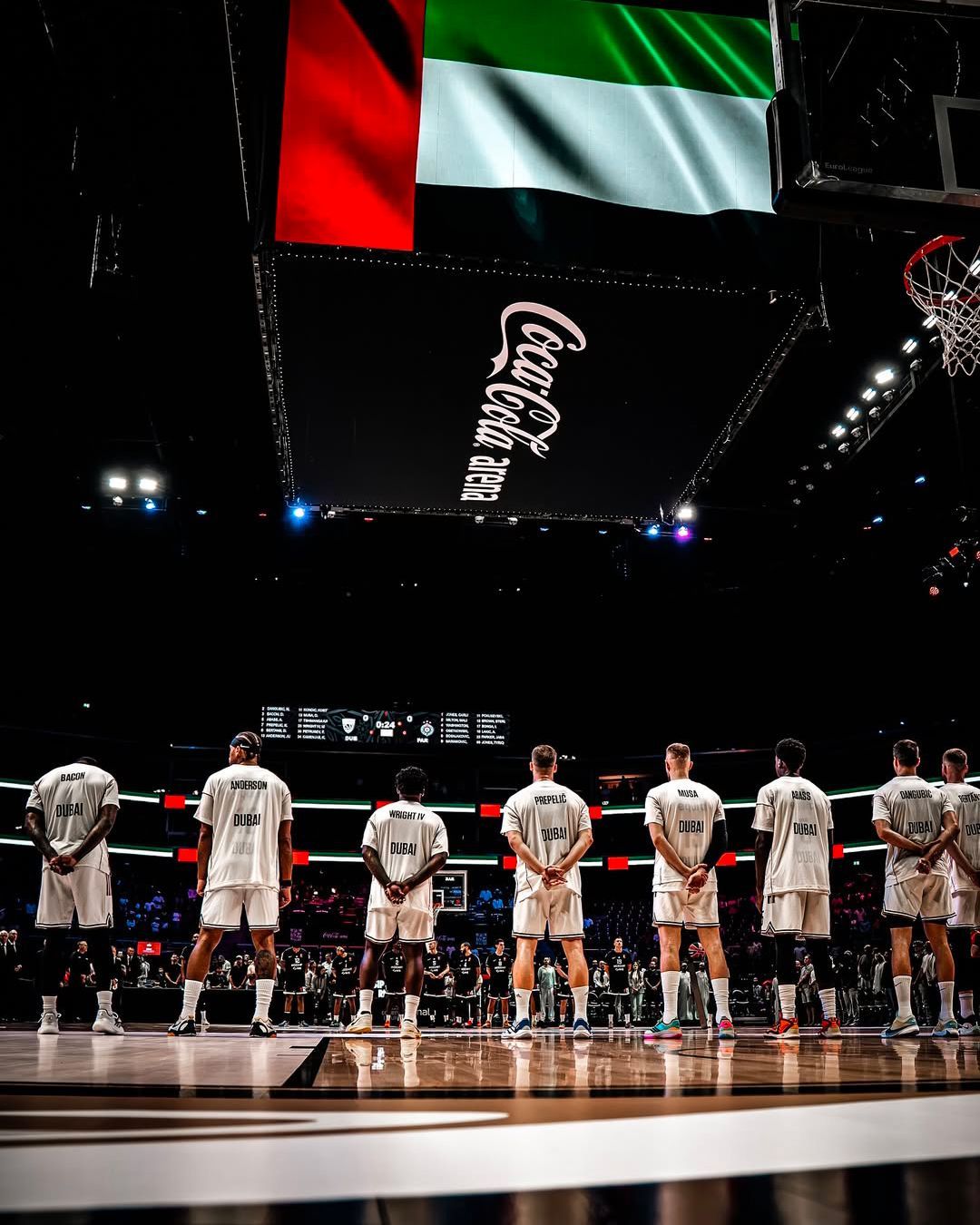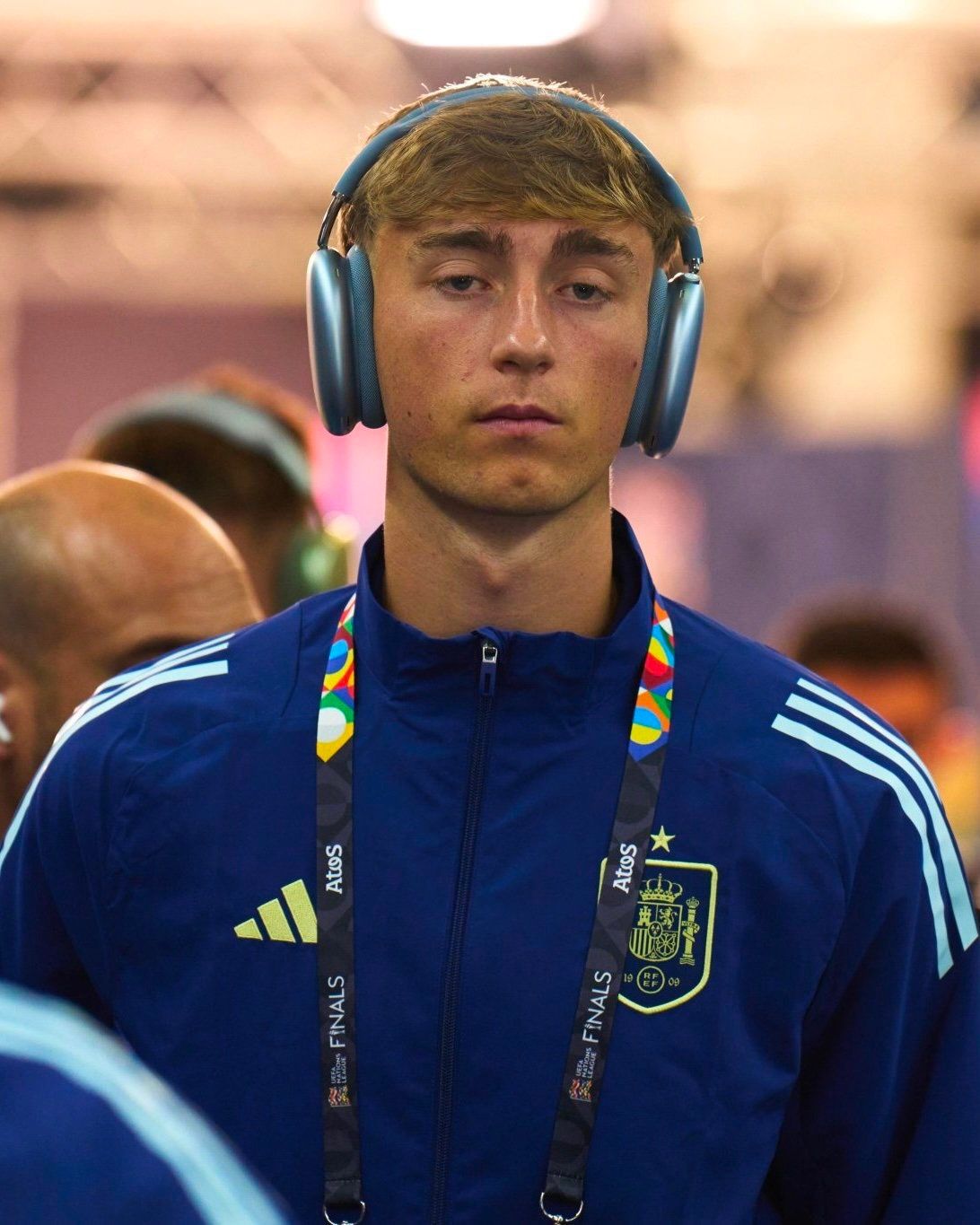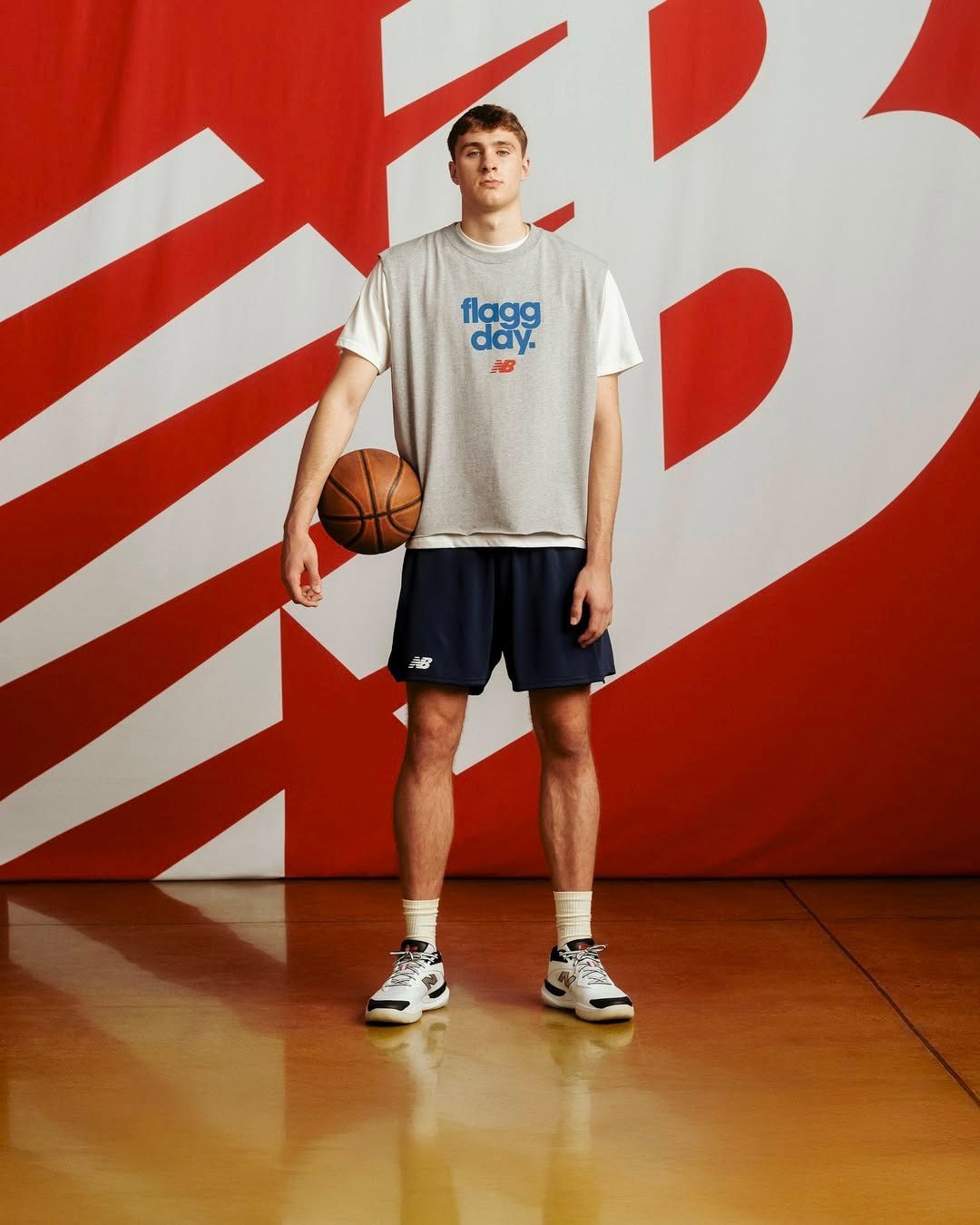
Nobody likes the new NBA Draft's format Does it really need to last two days?
After two nights of picks, trades, identical interviews, and the usual parade of outrageous outfits, the 2025 NBA Draft is now history. No big surprises: the first pick, held by the Dallas Mavericks, was used to select the next big thing in American basketball, Cooper Flagg; and after him we saw on stage Dylan Harper at number two, selected by the San Antonio Spurs, VJ Edgecombe at number three by the Philadelphia 76ers, and then all the other young talents ready to begin their NBA journeys. While the most intriguing prospect was HanSen Yang, already nicknamed "The Chinese Nikola Jokic", the most hotly debated topic was once again the length of the event. Just like in 2024, the Draft unfolded over two days, leaving the few who followed it from start to finish asking: why does the NBA insist on making it last so long?
The New Draft
For over thirty years, ever since the two-round format was introduced in 1989, the NBA Draft was a compact event that started and ended on the same night. Then, last season, a historic shift took place, with the move to a two-part show: thirty picks on Wednesday evening (Round 1), another thirty on Thursday (Round 2), with a 24-hour reflective pause in between. In its debut edition, the Draft saw some bumps in the road as the NBA had to deal with some non-negligible issues. The first round took place, as usual, at the Barclays Center in Brooklyn, but the second round had to move to a studio in Manhattan’s Seaport District. And not only that, Round 2 had to be completed in the afternoon because of the Trump-Biden debate scheduled for that same evening. At least in 2025, the format returned in a more appealing form, with both broadcasts from the Barclays Center, albeit in different parts of the arena and outside of working hours.
Contrary to what one might think, and unlike countless other events that have been stretched every way possible on the altar of TV revenue, in this case the main motivation wasn’t commercial. The request for revision landed on the desk of Adam Silver, the league’s commissioner, sent by the thirty franchises that make up the NBA. It was the team owners themselves who asked for a break between rounds and a few extra minutes between picks — a change approved in January 2024 and confirmed for 2025, despite much criticism from media and fans. The reason? To reduce the frenzy, increase control, and give front offices some breathing room during complex decision-making processes in what is often called "the most inexact science in the world" due to its inherent uncertainties. Joe Dumars, former NBA executive VP of basketball operations, put it clearly: "Based on feedback from team executives and our own experience in Draft Rooms, we’re confident teams benefit from being able to regroup between rounds and having more time to make decisions."
The Reactions
Not everyone, in fact, welcomed the change, both inside and outside the NBA. Agents, for instance, are against it, stating that "teams now have much more leverage and contractual power", as one agent told Front Office Sports. Previously, with the second round happening right after the first and under tighter time constraints, chaos worked in the agencies' favor, helping steer their athletes toward favorable technical contexts and preferred destinations. Now, teams have time to make wiser, more calculated decisions and shift more carefully from plan A to plan B if necessary. As a result, agents’ influence has been significantly reduced, along with their clients’ chances of choosing where to start their careers.
In short, two days of Draft only benefit the teams, and as clearly shown in recent editions, they are not well received by the public, who once again harshly criticized the new format and largely ignored the second night. Without big names to drive attention, the Draft struggles, and always has, to fill the broadcast schedule beyond the first few picks. In 2024, the second day was saved by the presence of Bronny James, who drew nearly a million U.S. viewers to ESPN. But this year, there were no storylines strong enough to sustain any hype. And so, the second round passed without a stir, with the general feeling that even the nerdiest fans and those interested in college or international basketball simply didn’t care. We’re used to seeing the rights to these picks traded for virtually nothing, and then turn into names that often never even set foot in the NBA. No surprise, then, that viewers stop watching after Round 1 — if not even earlier. Let alone now, with two separate events on different days.
And the Other Drafts?
The NBA has always stood out in the American sports landscape for having the most compact Draft. The clearest difference from other major leagues is the number of picks: just two rounds and only 60 total selections (sometimes fewer due to penalties), a logical outcome of basketball’s rules, which require only five players on court and allow for much shorter rosters than those in NFL, MLB, and NHL. Hence, much shorter drafts.
The NFL and NHL have long settled on a three-day, seven-round format. In football, the first round takes place on Thursday night, the second and third rounds follow 24 hours later, and the rest wrap up on Saturday afternoon. MLB goes even further: forty rounds over three days — a downpour of names most fans will never know, but a mini-marathon that has become a tradition in the league. By contrast, the WNBA, MLS, and NWSL concentrate their selections into a single session lasting a few hours. In this universe, the two-night NBA Draft is a curious in-between, too short to justify two evenings. There's currently no plan to add one or two more rounds, and no reconsideration of the split format either. So perhaps a more balanced solution could be crafted. For instance, dedicating the first night to the Lottery picks (1–14) and the second to the remaining picks (15–60), trying to give fans a real reason to turn on the TV for both events. After all, you can’t expect the son of LeBron James to show up every year.







